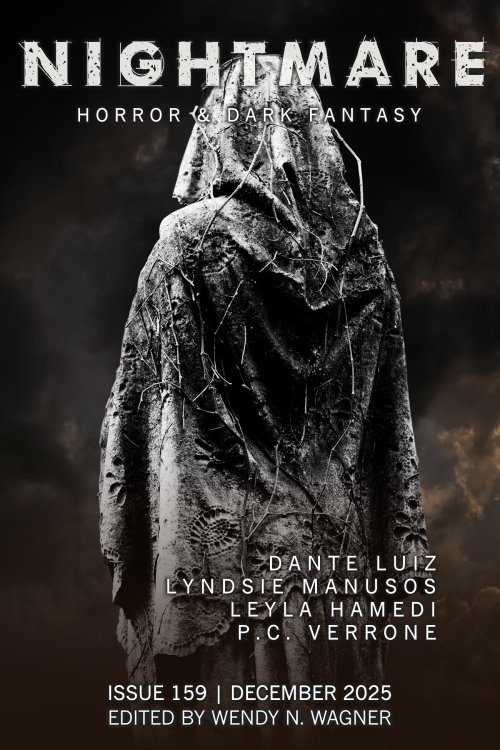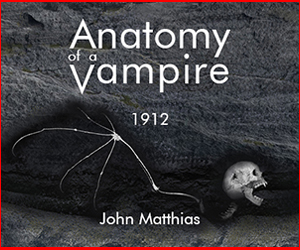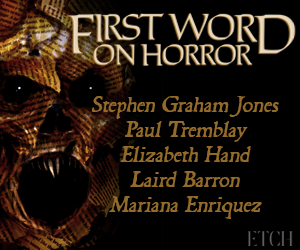Author Spotlight
Author Spotlight: Adam-Troy Castro
Jaws and The Godfather are the two classic examples of works that became stronger as they hit the screen, from their literary sources; I would say the same of the Michael Mann version of Last of the Mohicans. What I would mostly say to “fans of the book,” in any case, is that the new medium has its own challenges and that much that changes in the process of adaptation is actually stuff that must change in the course of adaptation. The biggest problem is, I think, adapting anything that is driven by an internal monologue.








